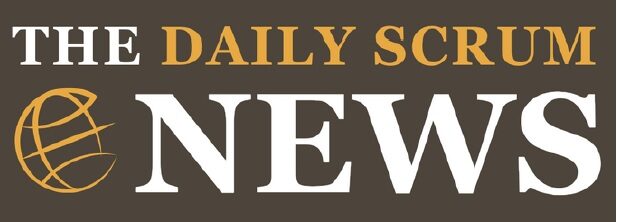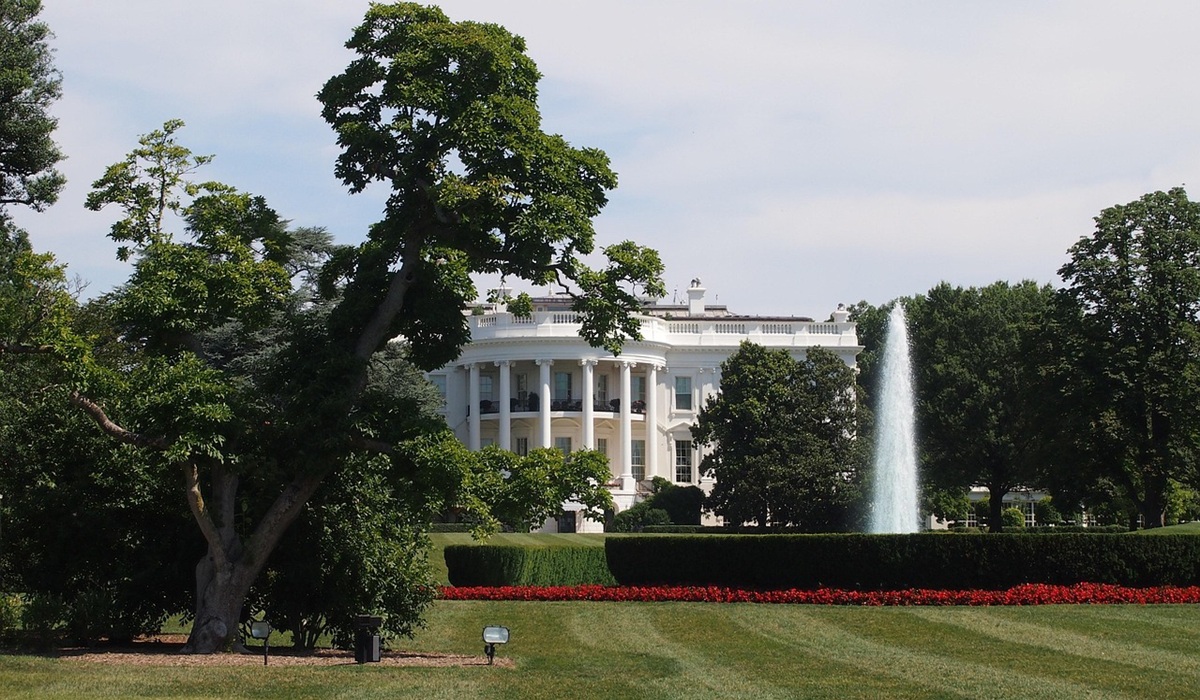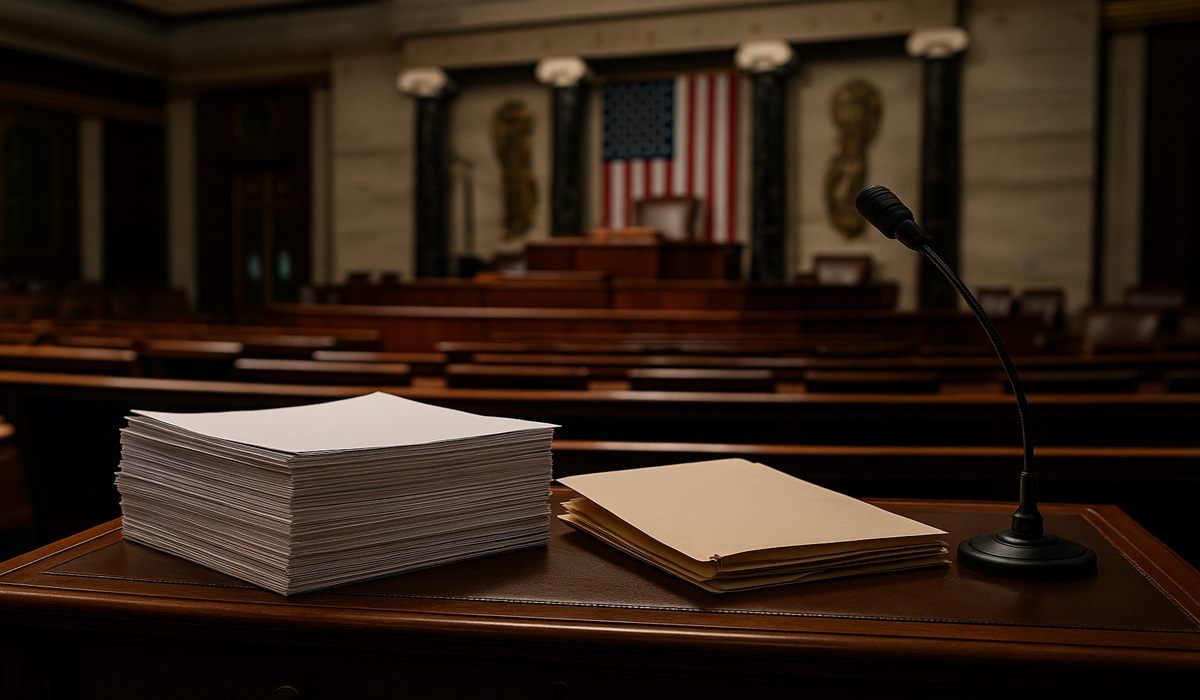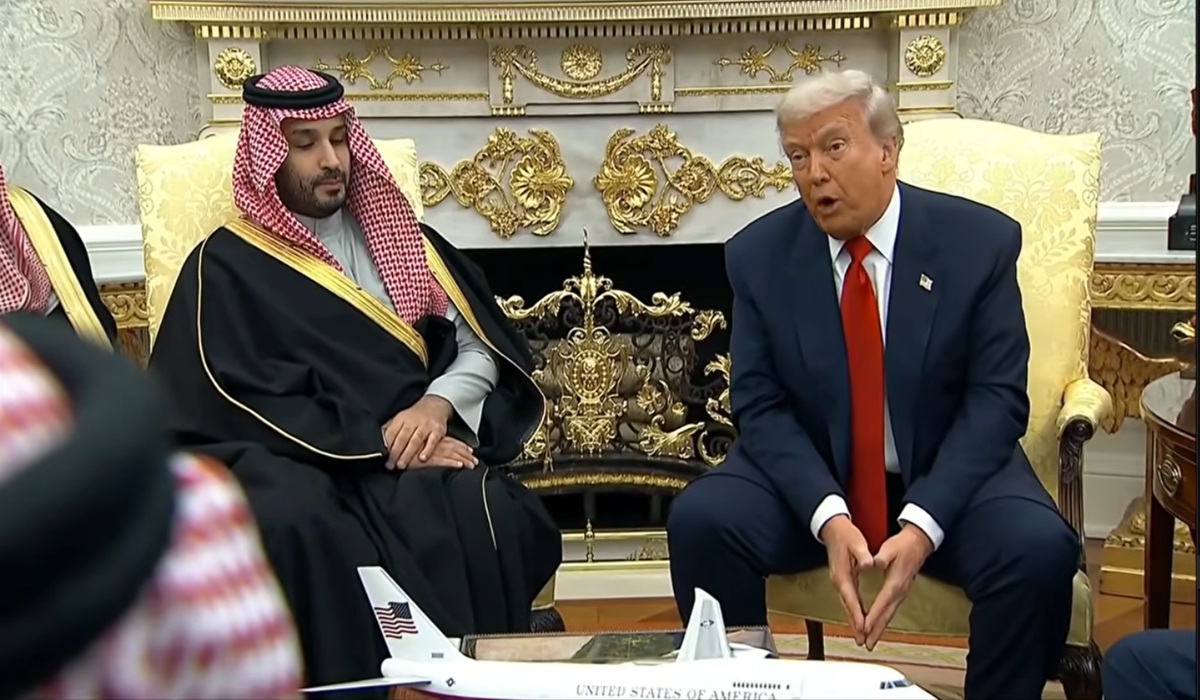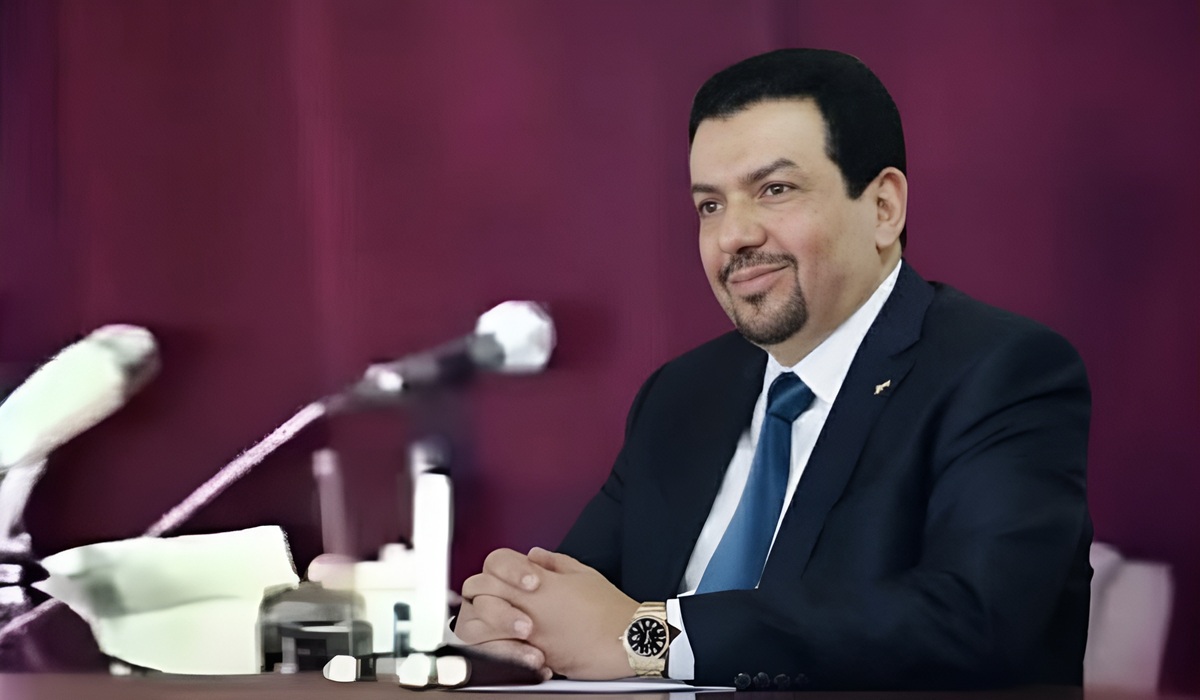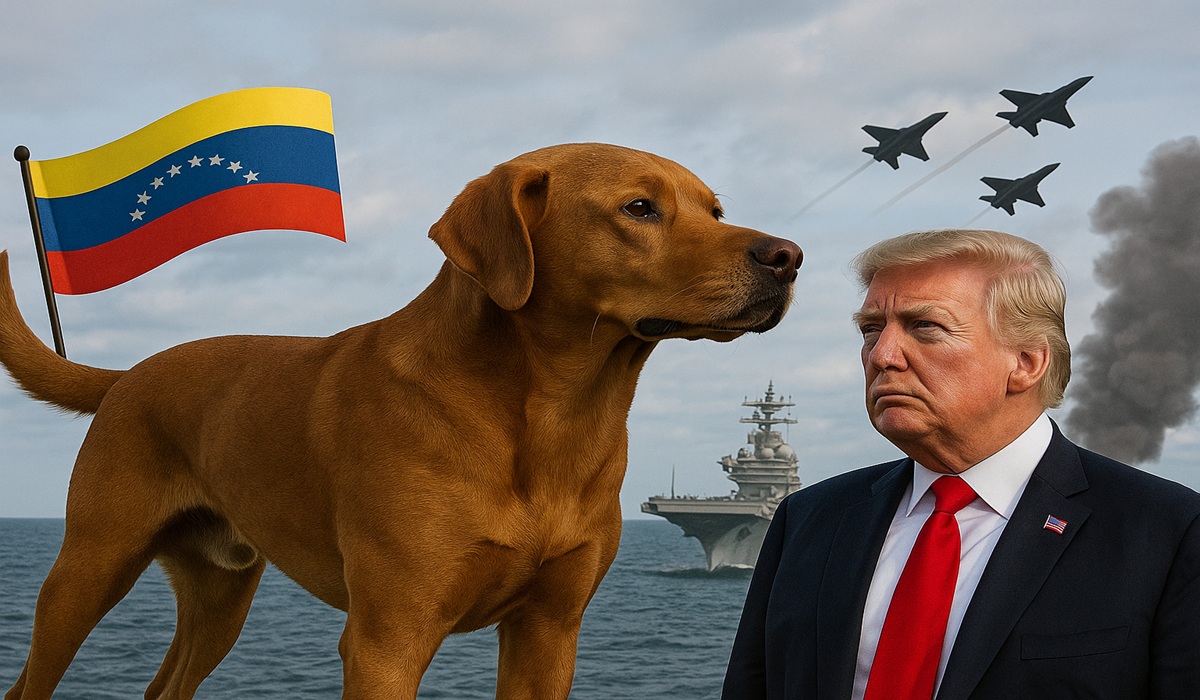Trump Courts Gulf Billions in First Middle East Tour of Second Term Amid War and Nuclear Tensions
- Naomi Dela Cruz
- Middle East
- U.S.A
- May 13, 2025
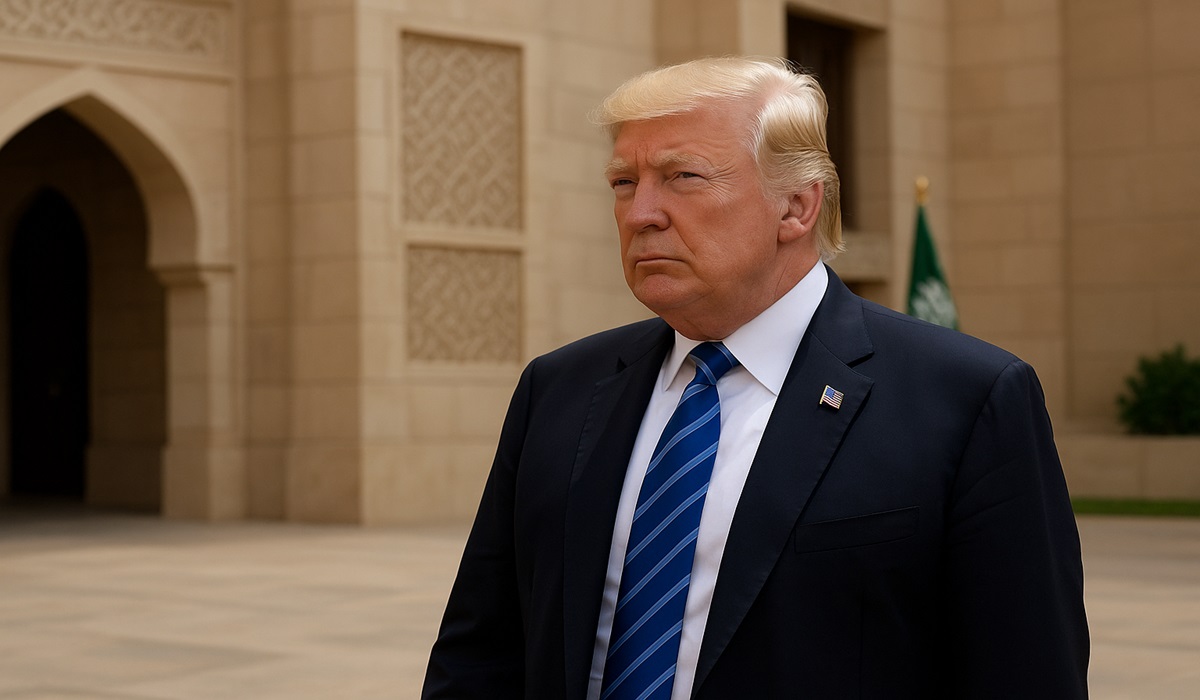
President Donald Trump’s first major foreign trip of his second term has taken him to the Persian Gulf, where the stakes are as high as the ambitions. Framed as an aggressive economic push, the trip is already making waves, not just for the potential trillions in foreign investments on the table, but for its timing—amid escalating war in Gaza, renewed sanctions on Iran, and growing skepticism of U.S. foreign policy in the region.
Trump’s itinerary includes stops in Saudi Arabia, the United Arab Emirates, and Qatar, with the central mission of securing large-scale economic deals that could pump fresh capital into American industries. In Riyadh, sources confirm Trump met with Crown Prince Mohammed bin Salman to discuss an eye-popping $1 trillion investment package. The proposal covers sectors ranging from artificial intelligence and defense to oil, green energy, and even civil nuclear technology—an agreement that would allow Saudi Arabia to enrich uranium under U.S. oversight.
But this deal has sparked whispers. Many suspect it’s less about energy needs and more about strategic leverage in a region teetering on the edge of collapse.
Meanwhile, the United Arab Emirates has pledged $1.4 trillion over ten years, aimed at deepening economic interdependence with the U.S., and Qatar has doubled down on its purchase of Boeing aircraft. One particularly gaudy gesture: a luxury Boeing 747-8 offered to Trump himself. Whether that plane is meant as a symbol or a gift remains unclear, but it has already raised ethical eyebrows back in Washington.
None of these flashy investment pledges exist in a vacuum. They come as the Middle East is engulfed in instability. The war in Gaza has dragged on, with a death toll surpassing 52,000 and nearly 2 million Palestinians displaced. Despite pressure from the Trump administration to de-escalate, Israeli Prime Minister Benjamin Netanyahu has shown no sign of backing down. The White House is reportedly frustrated with Israel’s defiance, especially after Trump ordered a pause in U.S. airstrikes targeting Houthi rebels in Yemen—without notifying Israel in advance.
The move sent a clear message: the U.S. is willing to act unilaterally, even if it means ruffling feathers with longtime allies. Some see this as Trump asserting dominance; others see a president operating without a cohesive strategy, playing regional players off each other in a bid to maximize U.S. gains.
Then there’s Iran. The administration has reinstated the “maximum pressure” campaign, reintroducing sweeping sanctions aimed at bringing Tehran back to the negotiating table. Though Iran has not engaged directly with Washington, it has signaled through intermediaries that it may be willing to resume indirect talks. The White House, for now, appears content to wait them out while keeping sanctions tight and military options on standby.
What makes this trip especially polarizing is the blurry line between Trump the president and Trump the businessman. Critics argue that the former president is laying the groundwork for personal enrichment under the guise of diplomacy. With the Trump Organization still holding various interests in the Gulf, there’s growing concern over whether these massive investment deals are being negotiated with America’s interests—or Trump’s bottom line—in mind.
The optics haven’t helped. Lavish ceremonies, opulent gifts, and backslapping photo-ops give the impression of a man more interested in prestige than policy. And yet, for his supporters, the image of Trump commanding billions from oil-rich monarchies is proof that the “Art of the Deal” still lives.
In truth, the success of this mission won’t be judged by how many deals are announced. It will be judged by whether those deals materialize—and what strings come attached. It will be judged by whether American diplomatic capital is spent building alliances or bartering influence. And perhaps most importantly, it will be judged by whether this trip contributes to peace in a region where war, occupation, and sectarian violence have left generations disillusioned.
Trump may have landed in the Middle East to talk money, but there’s no escaping the political cost of these conversations. The region is watching. So is the world. And the question remains: is Trump building a new economic alliance—or auctioning off what remains of American credibility?
